A celebration of the beauty of simplicity, minimalism is incredibly popular in the world of architecture, interior design, and product design. However, it’s not a recent trend. One could say it began as a reaction – and rejection – of the colorful ‘80s. Yet minimalist design, if defined as a style that explores essential forms and clean lines, goes much further back than that. From traditional Japanese culture, Shaker furniture, the Danish modern movement, and the Bauhaus movement to the minimalist art of the 1950s and the Japanese-inspired urban architecture of the 1970s and 1980s, minimalism has been a part of the everyday for a long time. Celebrated architect Ludwig Mies van der Rohe captured the soul of this style with a simple motto. These three words have become synonymous with minimalism and the mantra of minimalist design lovers all over the world: “less is more.”
Renowned minimalist designers and architects include Luis Barragán, Tadao Ando, John Pawson, and Vincent van Duysen. Apart from creating iconic residential and public buildings, interiors, and objects, these masters of minimalism have also influenced young designers, who in turn push the boundaries of contemporary design and architecture.
Minimalist definition
Before we jump into the world of the minimalism life and minimalist design, we should define what minimalism actually is. While originally the term “minimalism” referred to the art movement that emerged in the 1950s, it later also encompassed other disciplines like music, design, and architecture. The style is characterized by extreme simplicity. Minimalism in art refers to sculpture, paintings, visual arts, and other media that use simple forms to create a particular effect. Influenced by Japanese culture, architecture, and design, minimalist home decor, design and architecture explore the essence of an object or space, again using only uncomplicated shapes and clean lines.
Minimalism – where to start?
Choosing the minimalism life should be an easy process. First, make a list of the things that are important to you and the goals you want to achieve by going the “less is more” route. Maybe you want to live in a clean, de-cluttered space that feels airy and light. Or maybe you want to change your lifestyle completely and embrace slow living.
Regardless of the end goal, the road towards it is similar and starts the same way: getting rid of anything you don’t actually need. Recycle, gift, or donate the furniture, objects, gadgets, and other stuff you don’t consider essential for your well-being. If you’re finding the process daunting, start small, with one room, one area, or just one small lifestyle change.
Minimalism vs maximalism
Minimalism and maximalism are two contrasting styles – and self-explanatory terms. The former refers to simplicity and spareness often taken to spartan levels while the latter means the opposite. Maximalist designs and interiors are bold and vibrant, often blending colors and textures with eye-catching effects. While maximalism doesn’t involve disorganization or clutter, it’s usually defined by a “busy” style that always catches your attention with something new. By contrast, minimalist spaces are clean, airy, and often designed with light, neutral colors that let materials like wood, stone and concrete shine. Calm, understated, and elegantly simple, the minimalist home decor aims to create a serene living space.
Why is minimalist design so popular?
While it has been popular for a long time, minimalist design has seen an increase in popularity over the last 10 years. The mindfulness and slow living movements along with environmental and social awareness have all contributed to this trend. Both millennials and younger generations have played a part in the rise of minimalism. Modern lifestyles have changed not only they places we live in, but also how we live. Compact, practical, durable, and flexible, contemporary minimalist designs easily adapt to different spaces and needs. And they also look great anywhere, whether alongside other minimalist home decor or in eclectic spaces.
What is minimalist interior design?
Minimalist interior design uses simple furniture, lighting and (few) decorative items to create an uncluttered and clean space. Often completed in neutral colors or even monochromatic hues, minimalist interiors are also defined by clean lines and textural richness. Think pale wooden floors alongside woven fabrics or concrete walls that complement timber furniture and ceramic objects. In minimalist spaces, splashes of color or sculptural designs can easily become the centerpieces of a room.
The minimalist aesthetic
The minimalist aesthetic involves clean lines, simple forms, and a preference for light, neutral colors. Fresh and clutter-free, this aesthetic helps to create calm and relaxed living spaces. However, the minimalist aesthetic doesn’t just refer to product design or interior design, it can also characterize digital design, web design, art, fashion, and more.
Minimalist design
Like minimalist art and architecture, minimalist design favors the use of uncomplicated shapes and forms. Products designed in this style blend clean aesthetics with function. They never feature decorative elements or superfluous details. Often, they double as decorative objects thanks to their elegant simplicity. Creative designs also reinvent classic concepts with impressive results, like this wall clock inspired by a car’s steering wheel. Other minimalist designs are a 2-in-1 product; this pendant light planter is a perfect example.
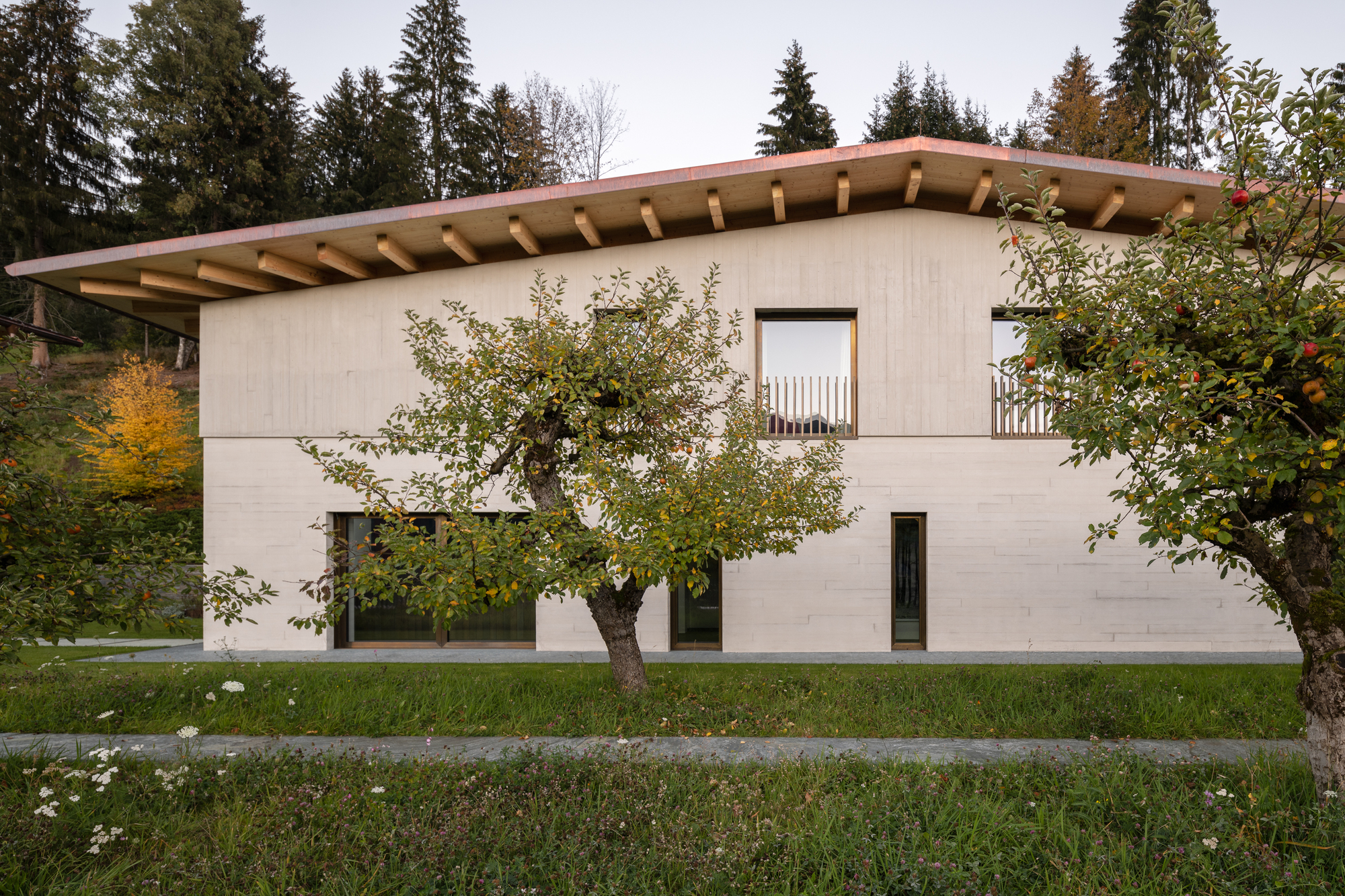
Minimalist house designs
Minimalist houses feature simple designs that showcase the creativity of contemporary architecture. Think stacked volumes that optimize access to views, monolithic sculptures built in natural landscapes, or fresh twists on the classic gabled house. They also have optimized layouts that make the most of every inch of space. These dwellings often have open-plan living rooms and kitchens with access to terraces and/or views. Large windows, glazed walls, and skylights fill these spaces with natural light. Paired with white or light walls and flooring, these houses look especially bright, airy, and welcoming.
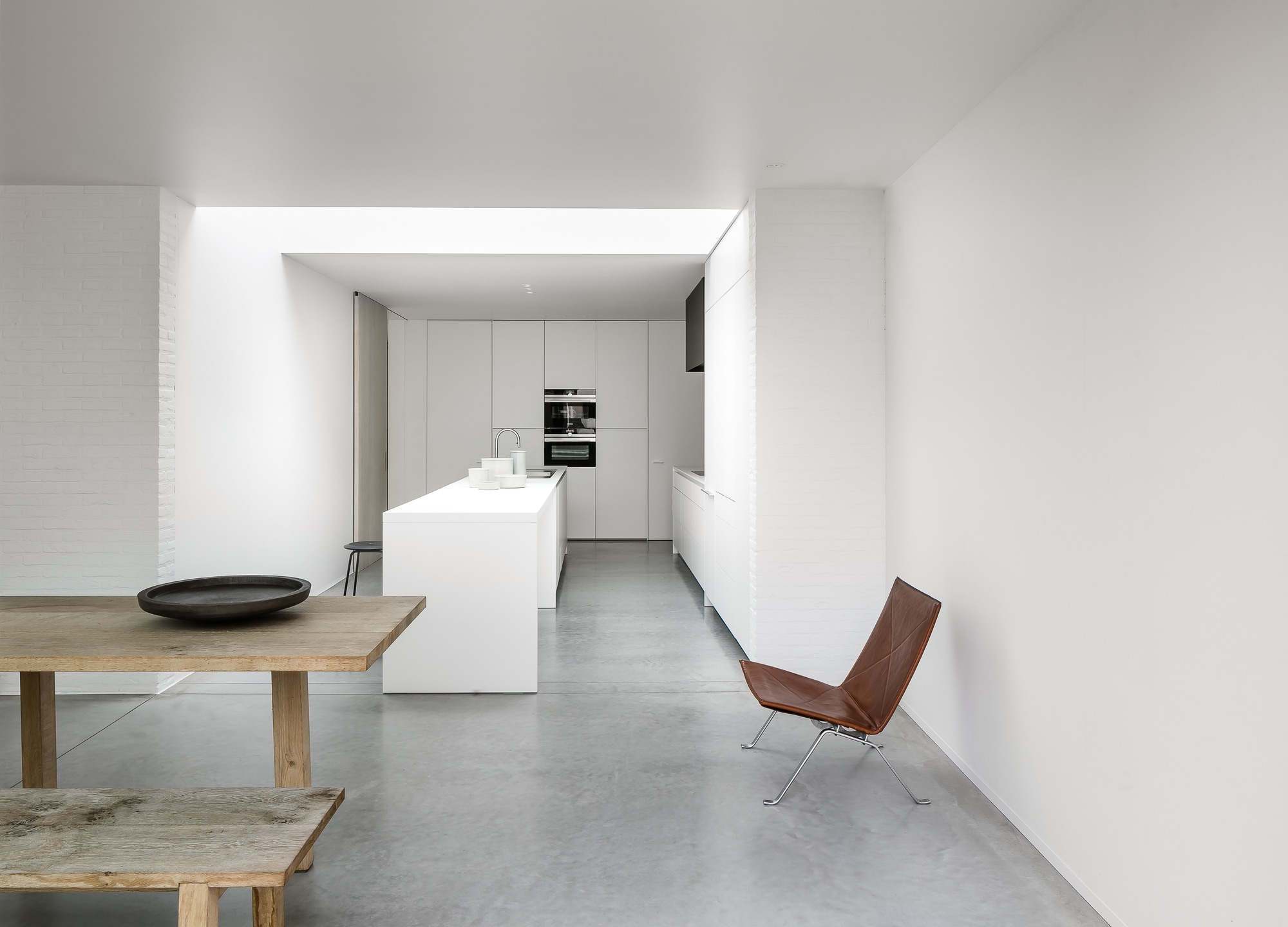
Minimalist interior design
A minimalist home decor is the epitome of “less is more.” These interiors feature clever storage spaces that minimize clutter and create a clean, seamless look at the same time. Cabinet doors without handles, simple pendant lighting, minimalist furniture, and carefully chosen accents used alongside light colors and neutral hues, natural textures, and a minimal material palette can all create a modern and elegant minimalist living space.
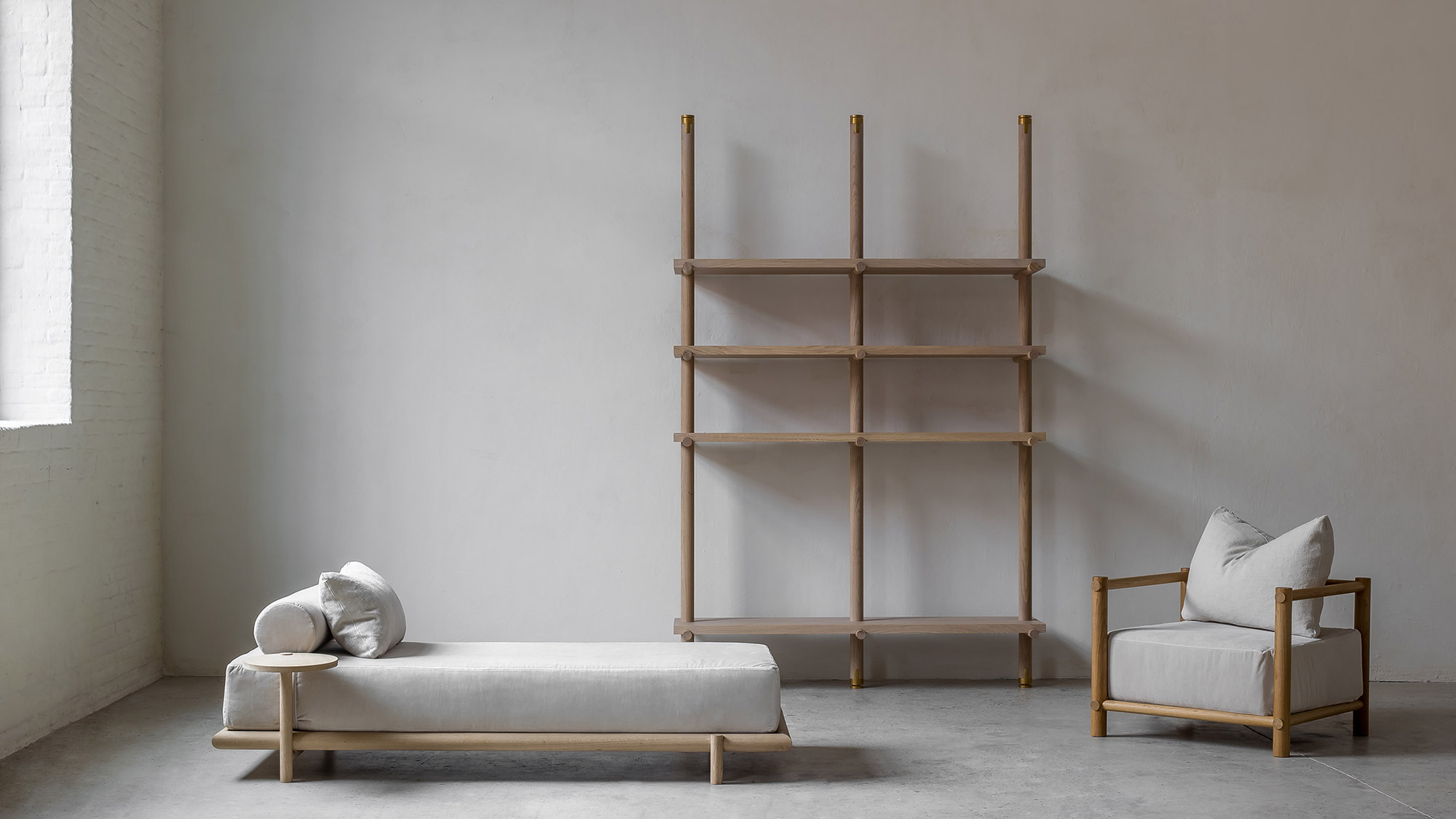
Minimalist furniture
From Shaker furniture to Scandinavian and Japanese designs, minimalist furniture can completely transform a room. Elegant, simple, and more often than not made from solid wood, these pieces of furniture are as beautiful and durable as they are practical. Chairs, armchairs, tables, and cabinets designed in the minimalist style complement each other as well as other designs. Some of these designs are also specially created for the modern minimalism lifestyle. Think modular furniture that adapts to changing requirements and spaces with ease or designs that allow the user to easily disassemble and put them together when needed.
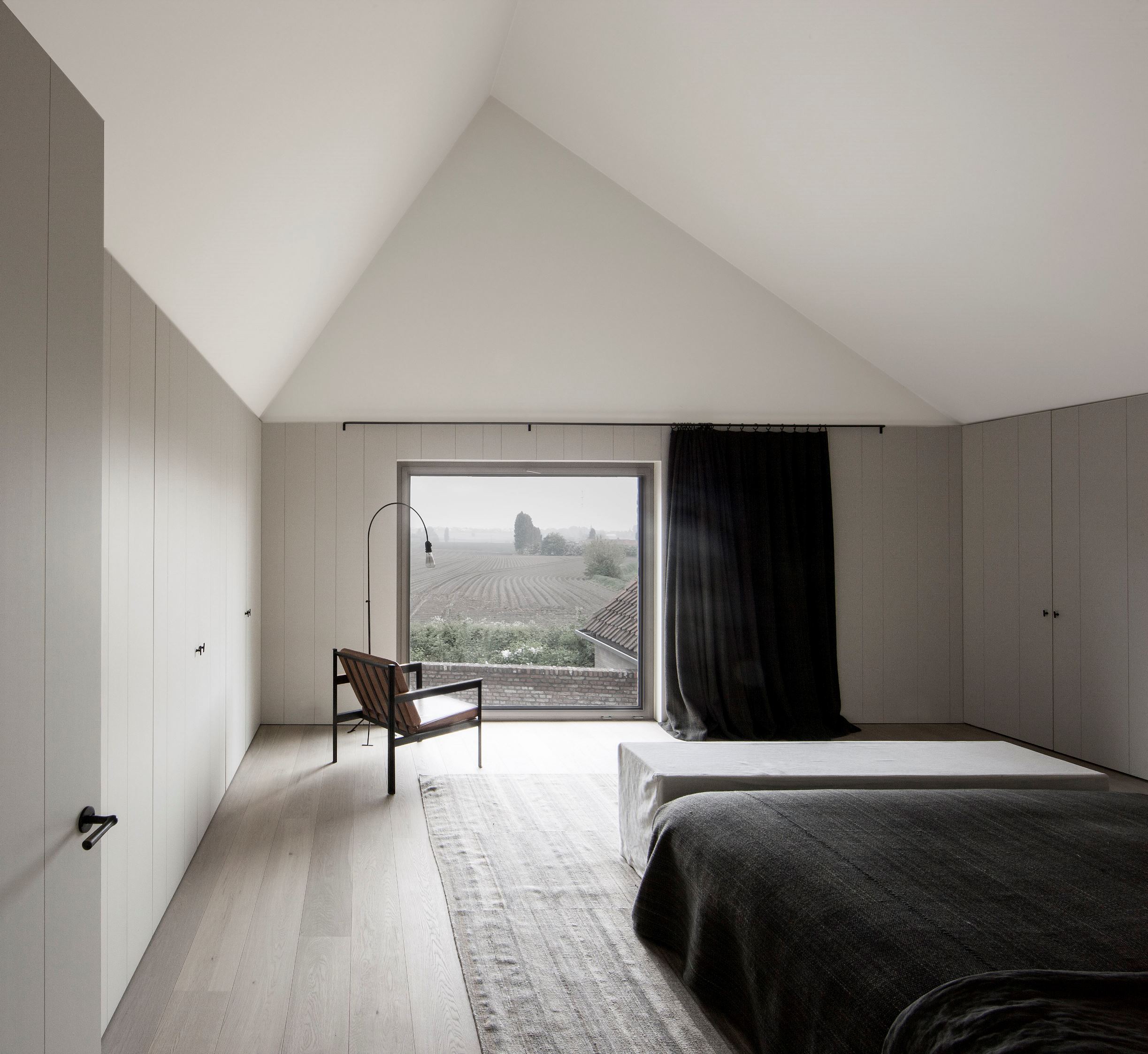
Minimalist bedroom ideas
Creating a minimalist bedroom is easy, as bedrooms generally have less furniture and decorative objects than a living room or a kitchen. Like with other spaces in the home, the first step is to de-clutter the room. Concealed storage and wardrobes with minimalist designs can help to keep the room clear of any unnecessary items. Choose light colors and soft fabrics to capture the feeling of hygge in a bedroom. A frameless bed, a Japanese style bed on a lower platform, or a design without a headboard can make the room look more understated. You can also add a plant, an artwork, or a wall clock with a silent movement as well as a color accent or an accent wall.
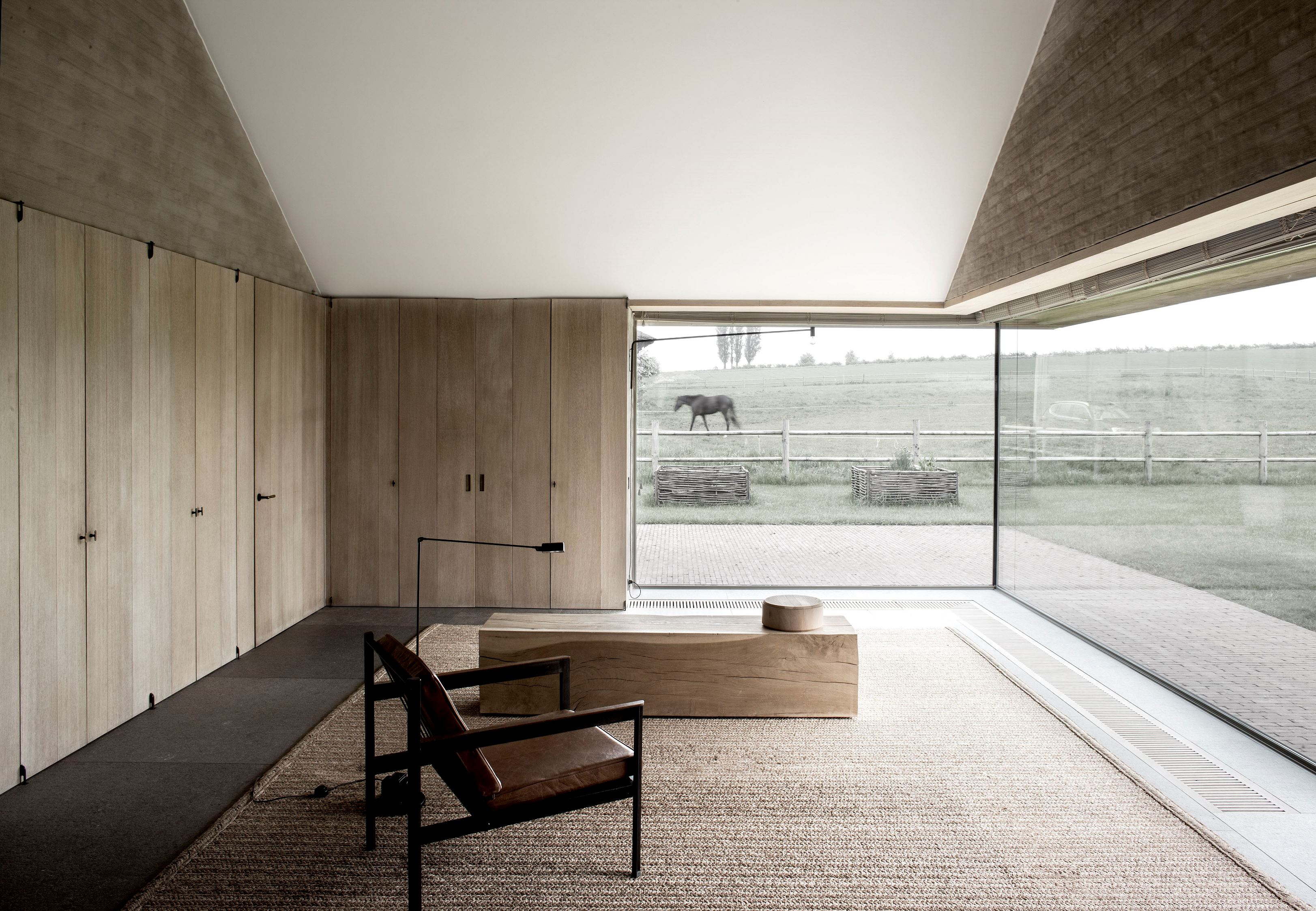
Minimalist living room ideas
The living room is the space for relaxing with the family and entertaining friends and guests. Choosing a minimalist sofa, lounge chairs, and armchairs can make all the difference. Similarly to other spaces in the home, it’s important to clear any clutter and store items away from sight. Add a plush rug in a neutral color and pick simple side tables and a coffee table made from wood or another material that works well in a minimalist home decor. A simple console for a turntable and wooden shelving or suspended shelves for books are also a great choice. If you’re going for the white or light neutral color palette, add a pop of color with a few potted plants or an artwork.
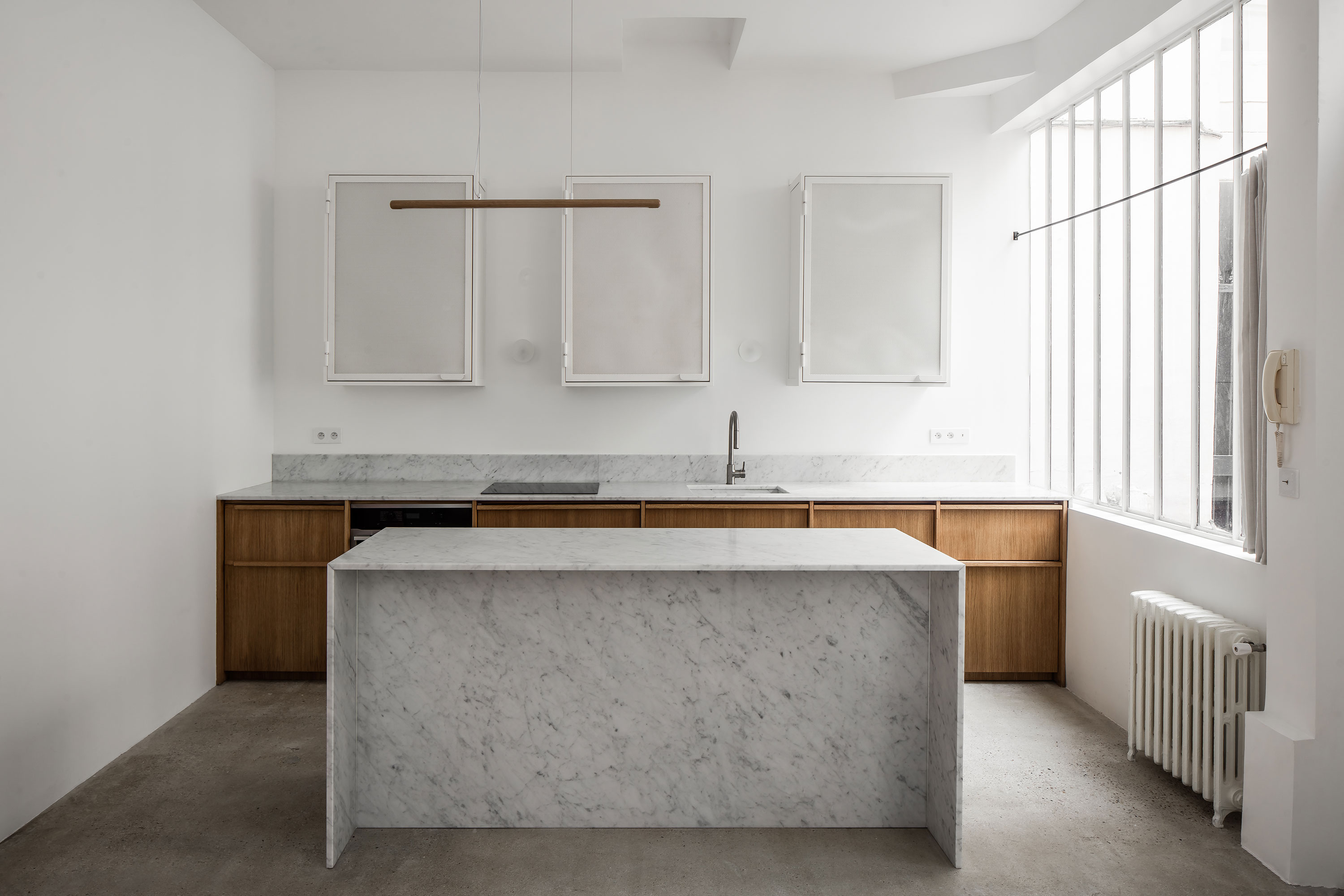
Minimalist kitchen ideas
Whether designed with light or dark colors, a minimalist kitchen creates a cozy and welcoming space where the family can come together every day. Minimalist cabinets with seamless doors, simple bar stools, and cleanly designed pendant lights can all help to make this room look airy and bright. Other ideas include choosing multi-functional utensils and storage solutions as well as picking accessories designed with minimalist aesthetic. Japanese or Scandinavian-style kettles, coffee makers, and kitchen accessories are a great option. Lastly, select a wall clock that complements the kitchen’s color palette and style.





